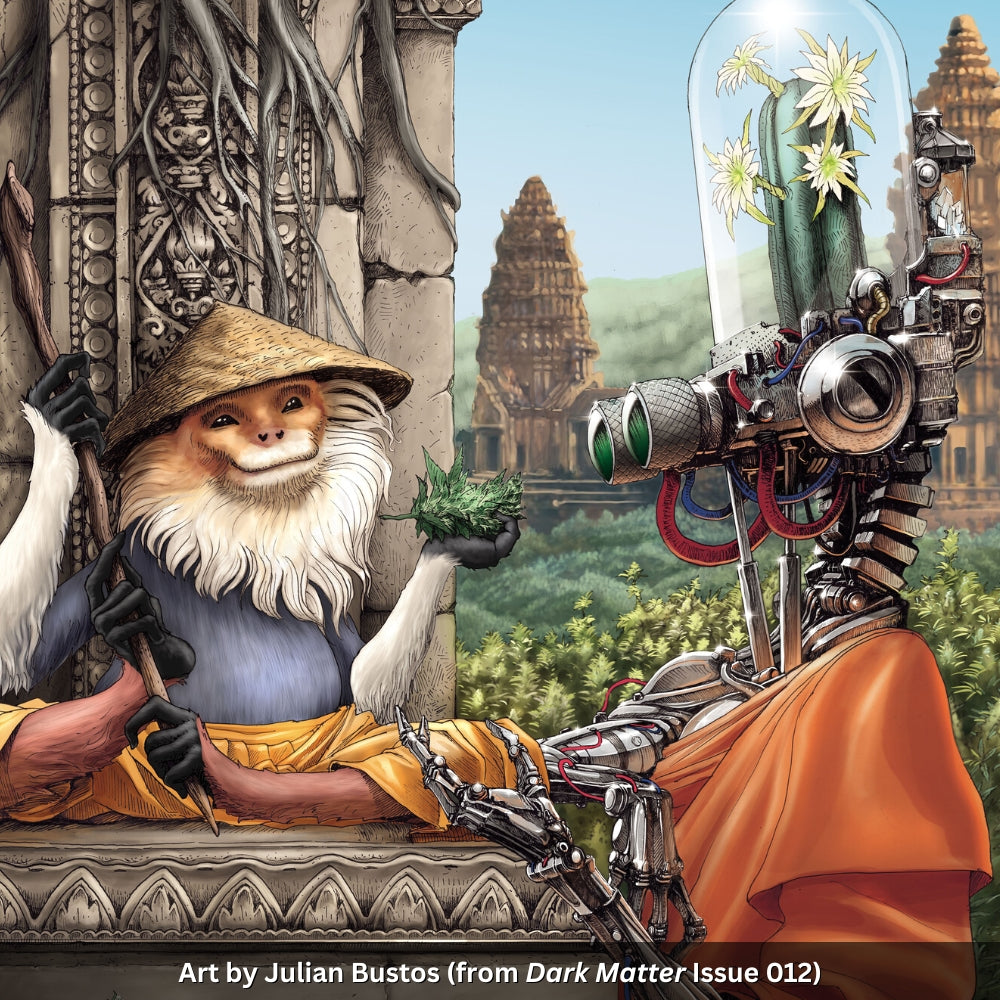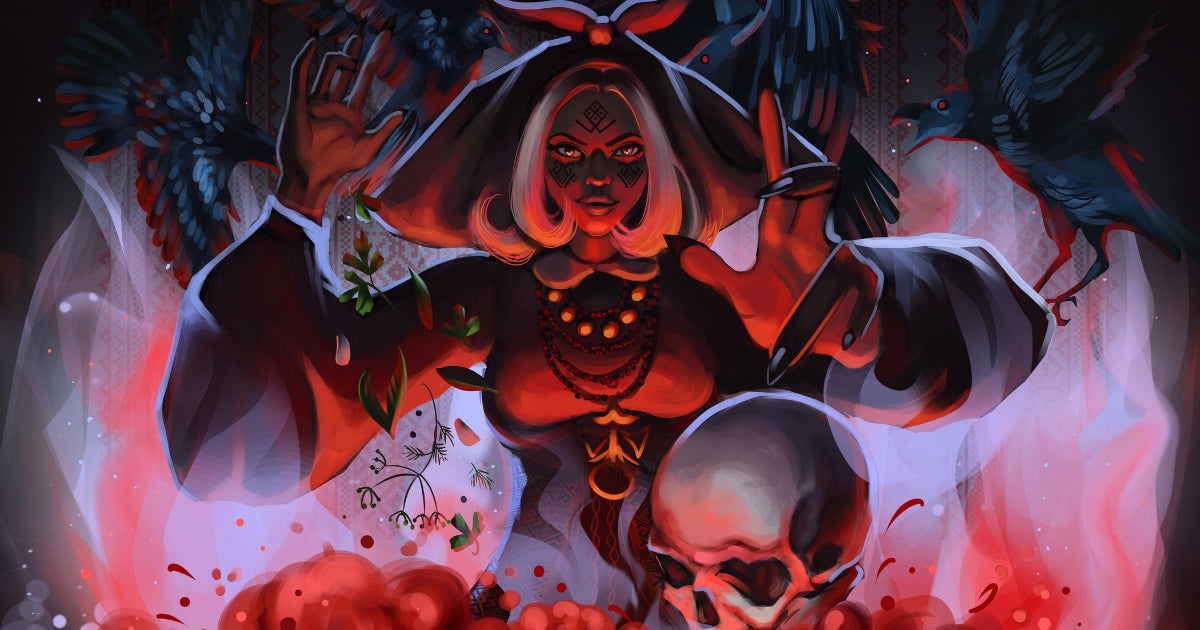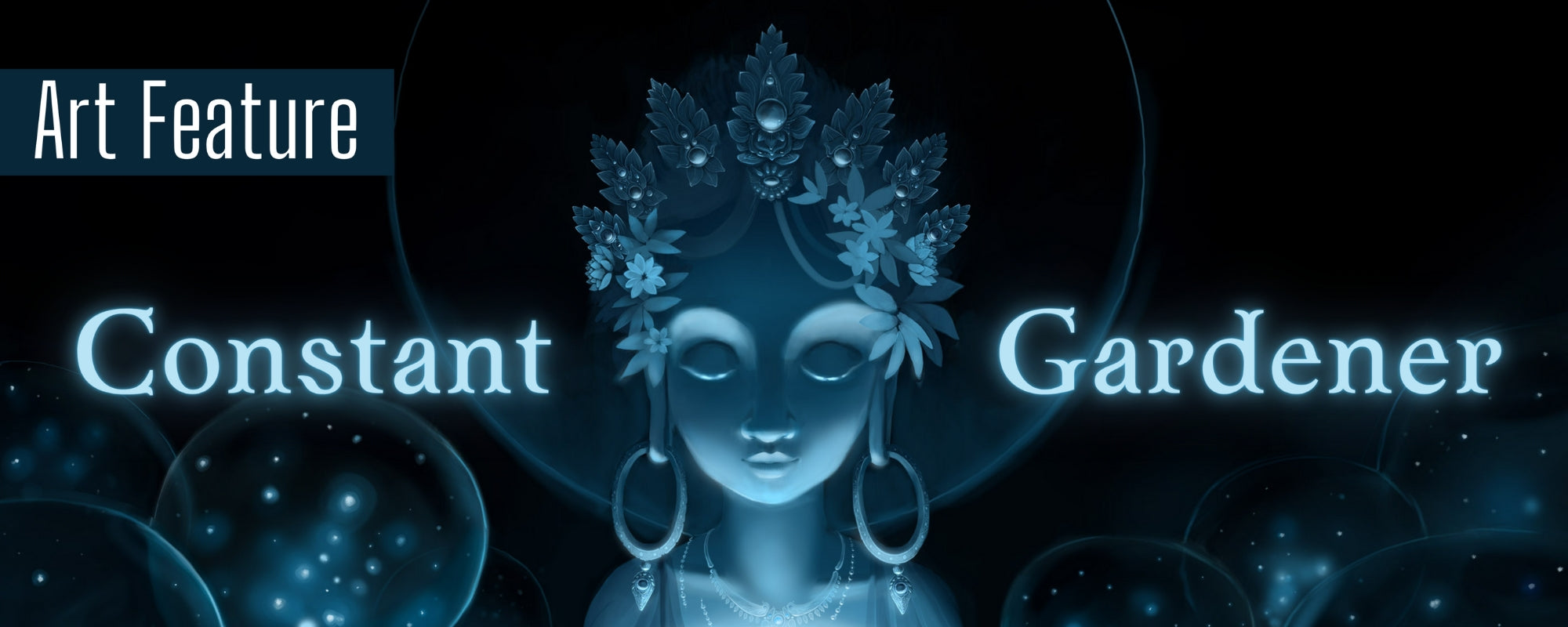
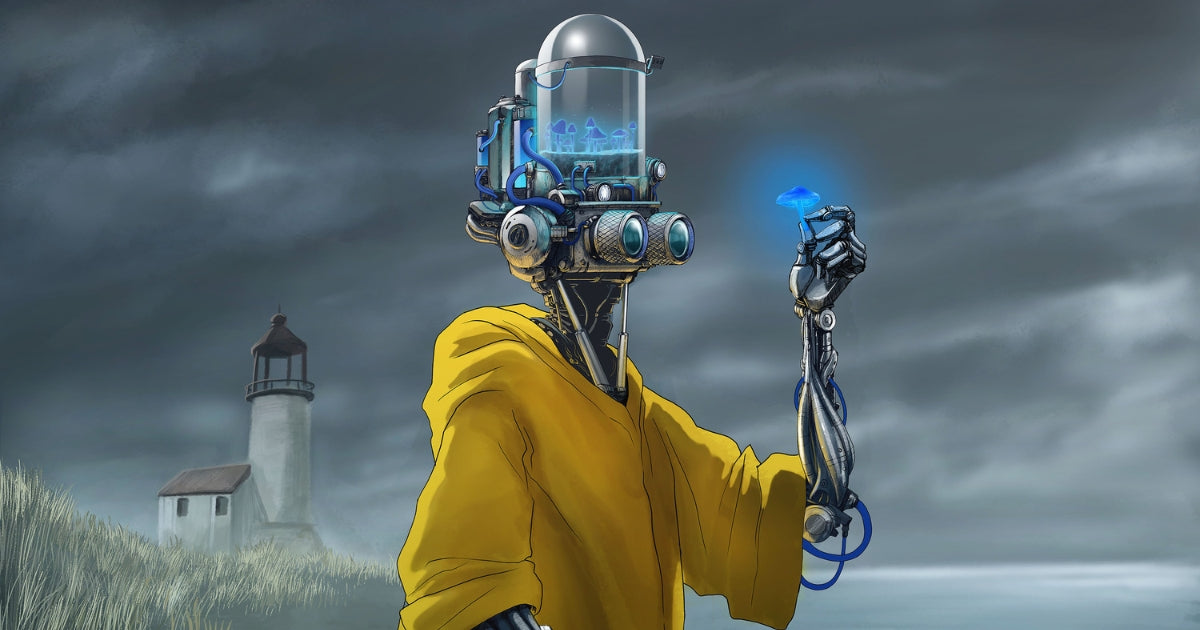
Art Feature: Constant Gardener
Feature by Rob Carroll
Artist Julian Bustos has great love and respect for the medium he works in and the artists that came before him. “I’m addicted to spending hours contemplating visual art online or in museums, from the renaissance to the contemporary” he tells me. “I love to analyze the colors and details, the symbolism, everything.”
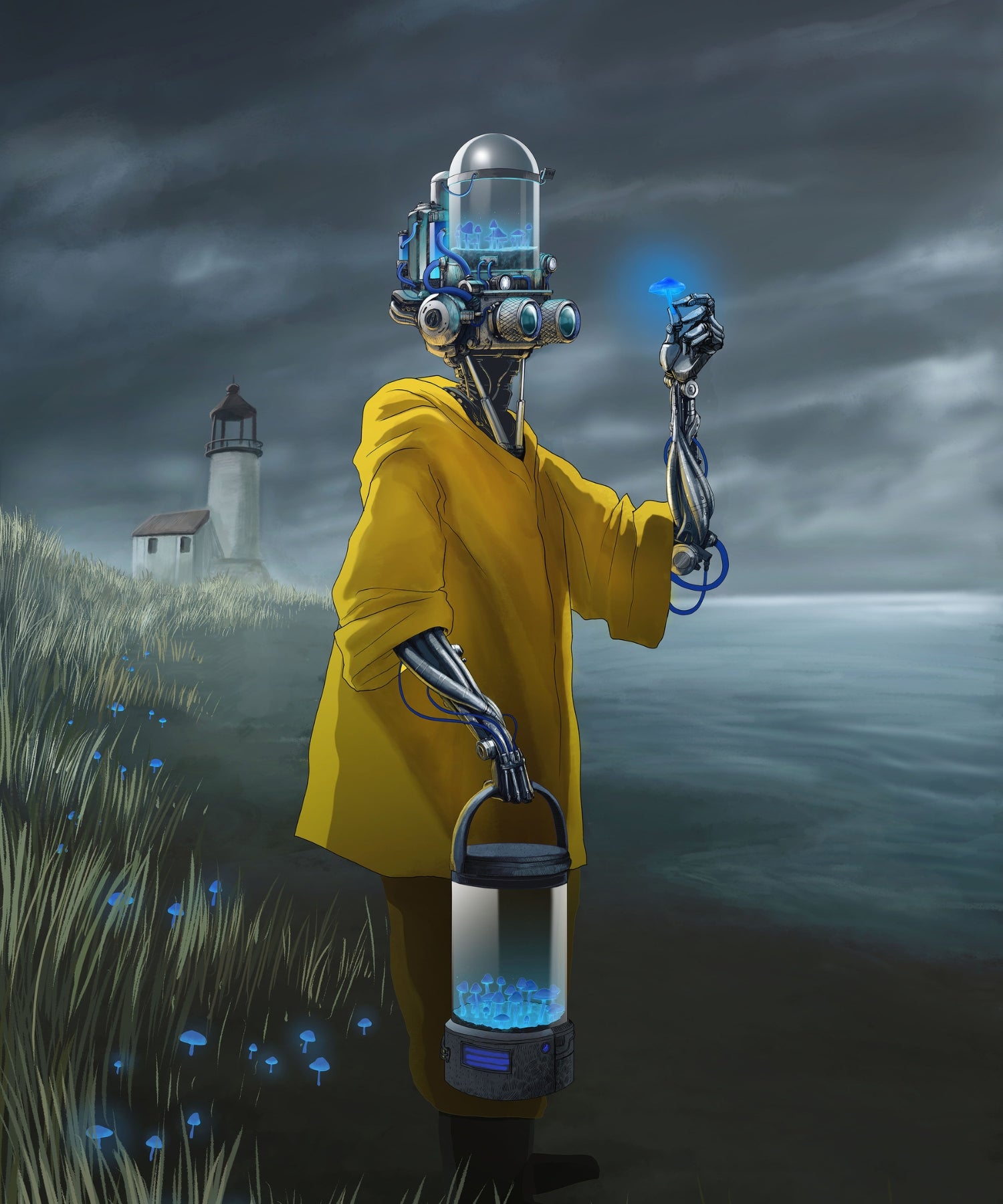
Blue Magic Path
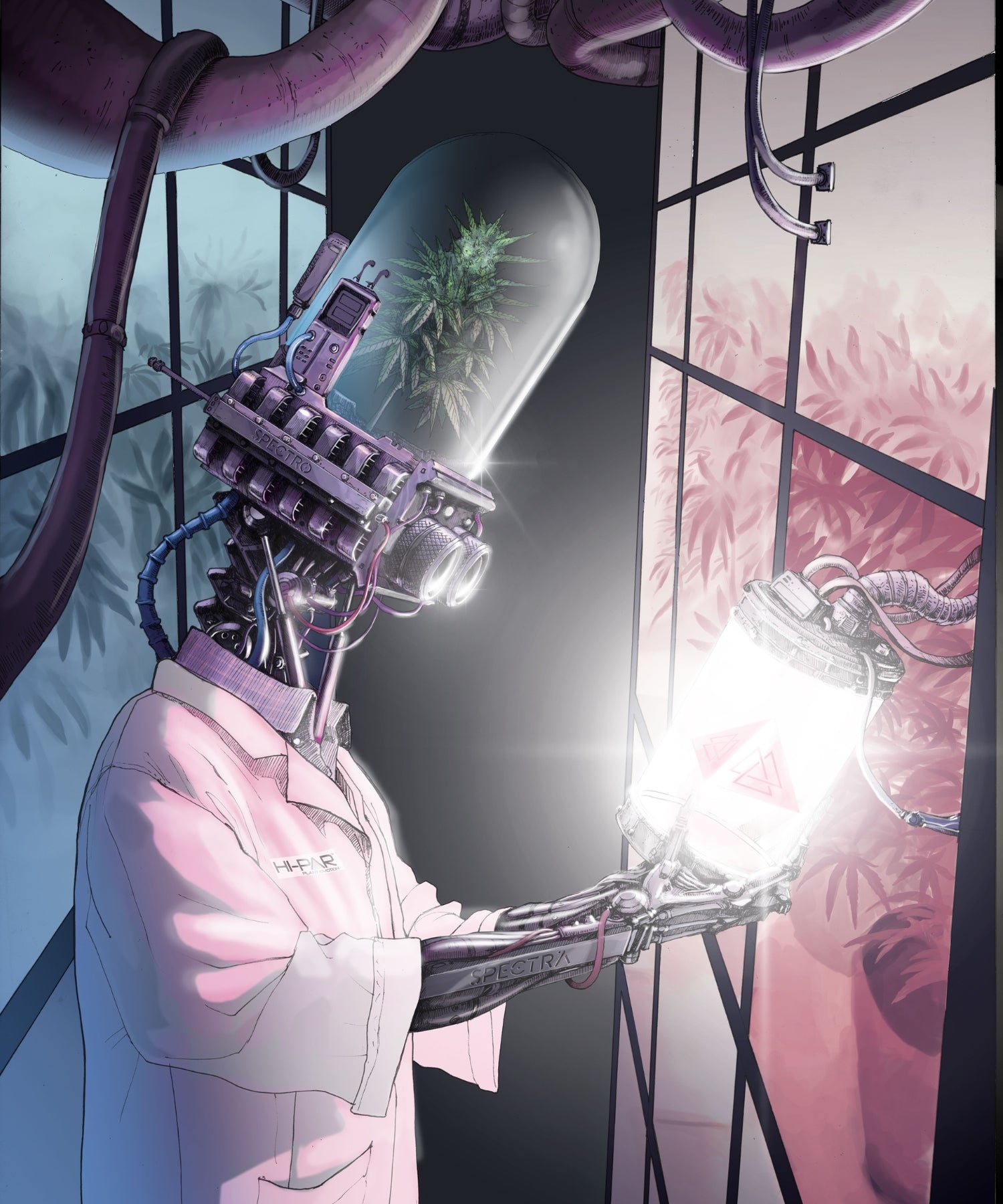
Enlightenment
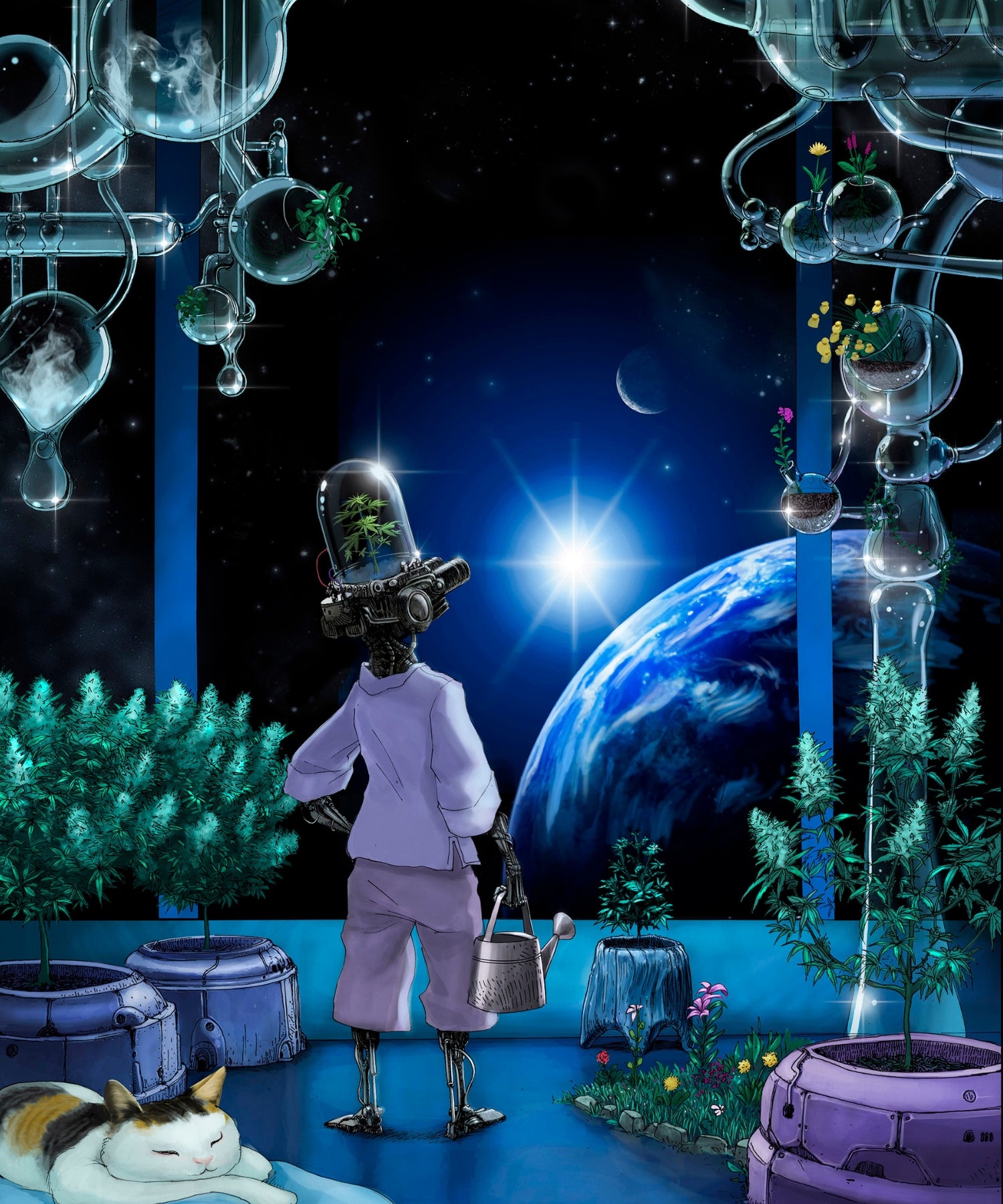
Smoke Fueled
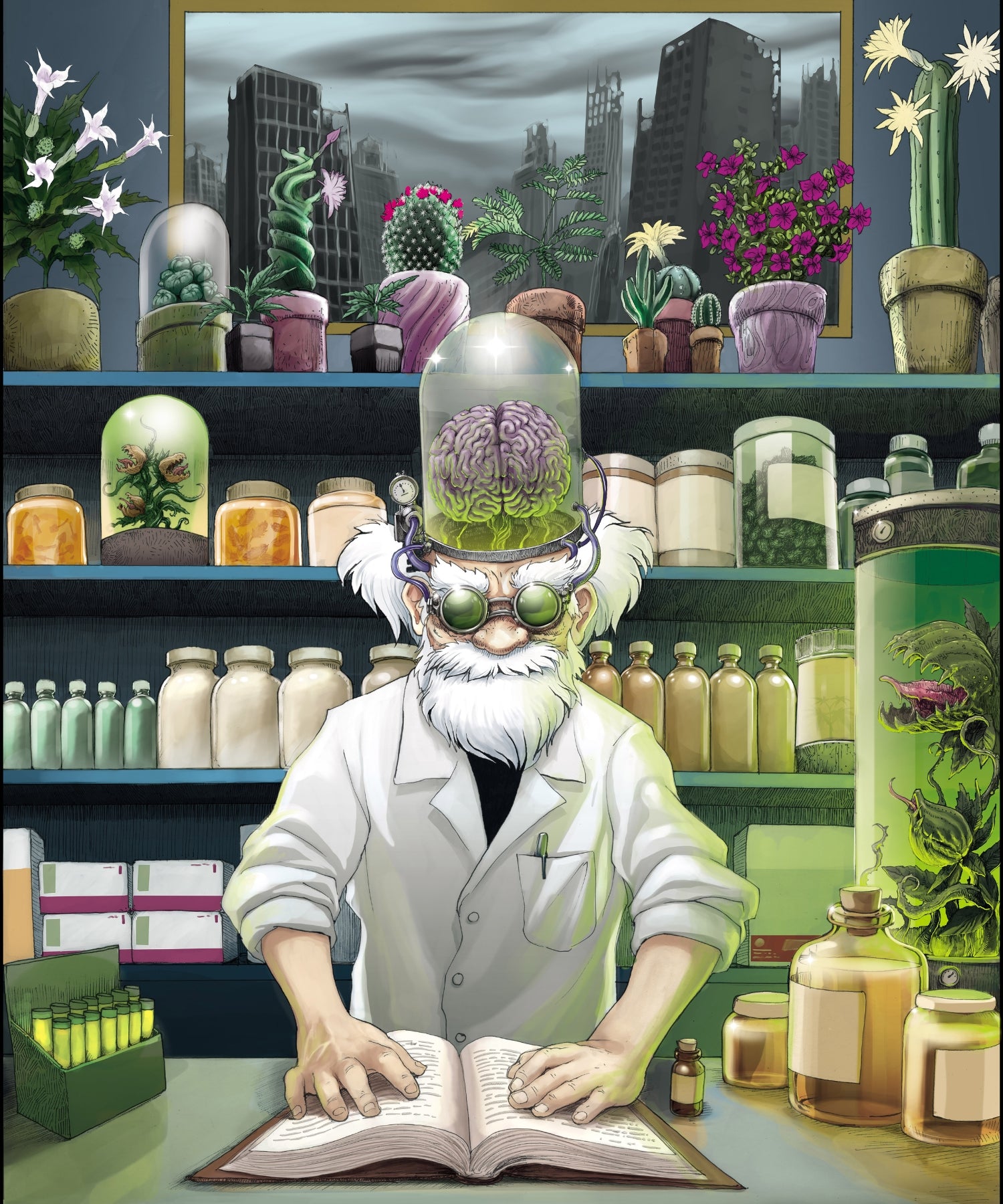
Sacred Plants Pharmacist
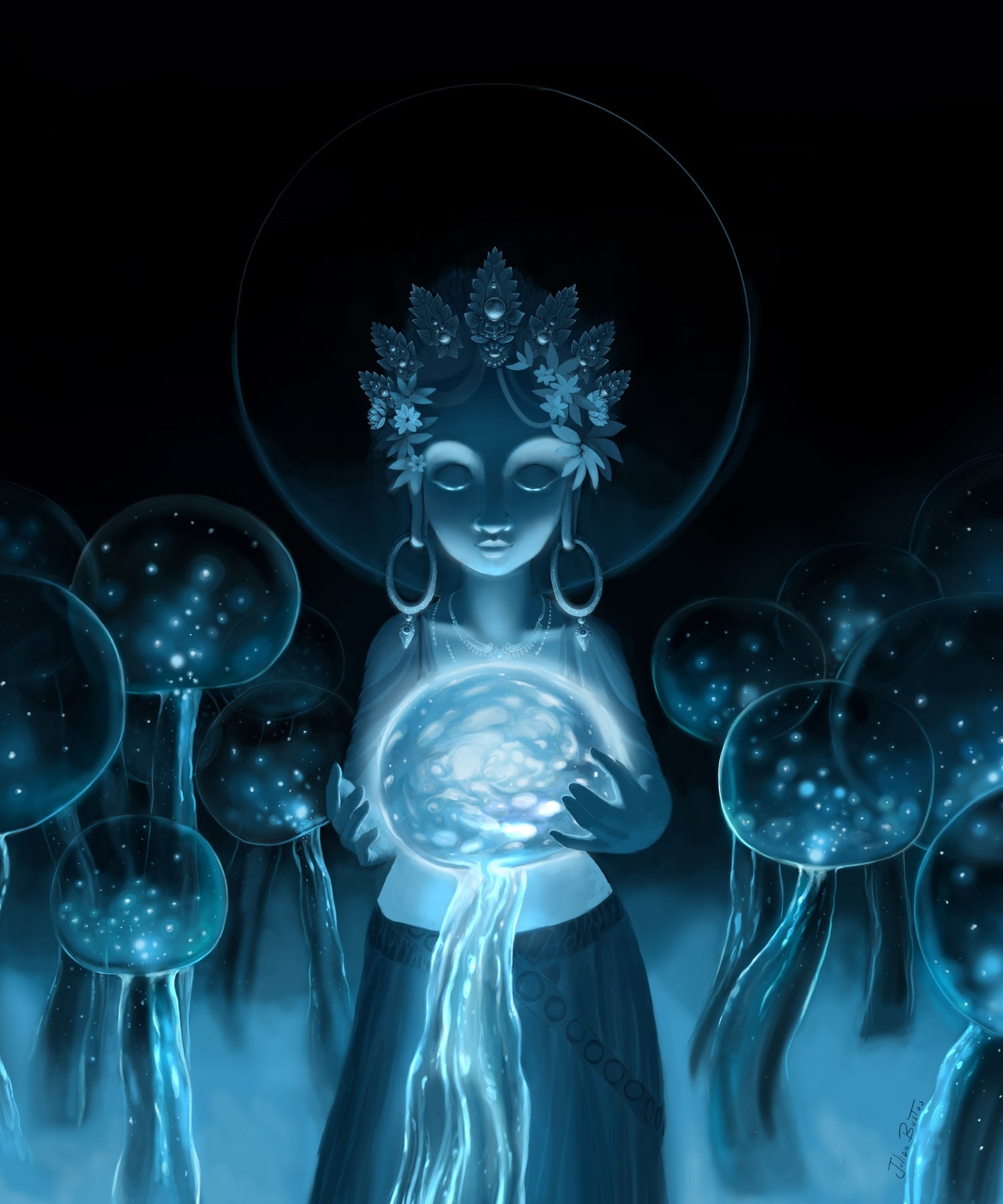
The Tricome Fairy
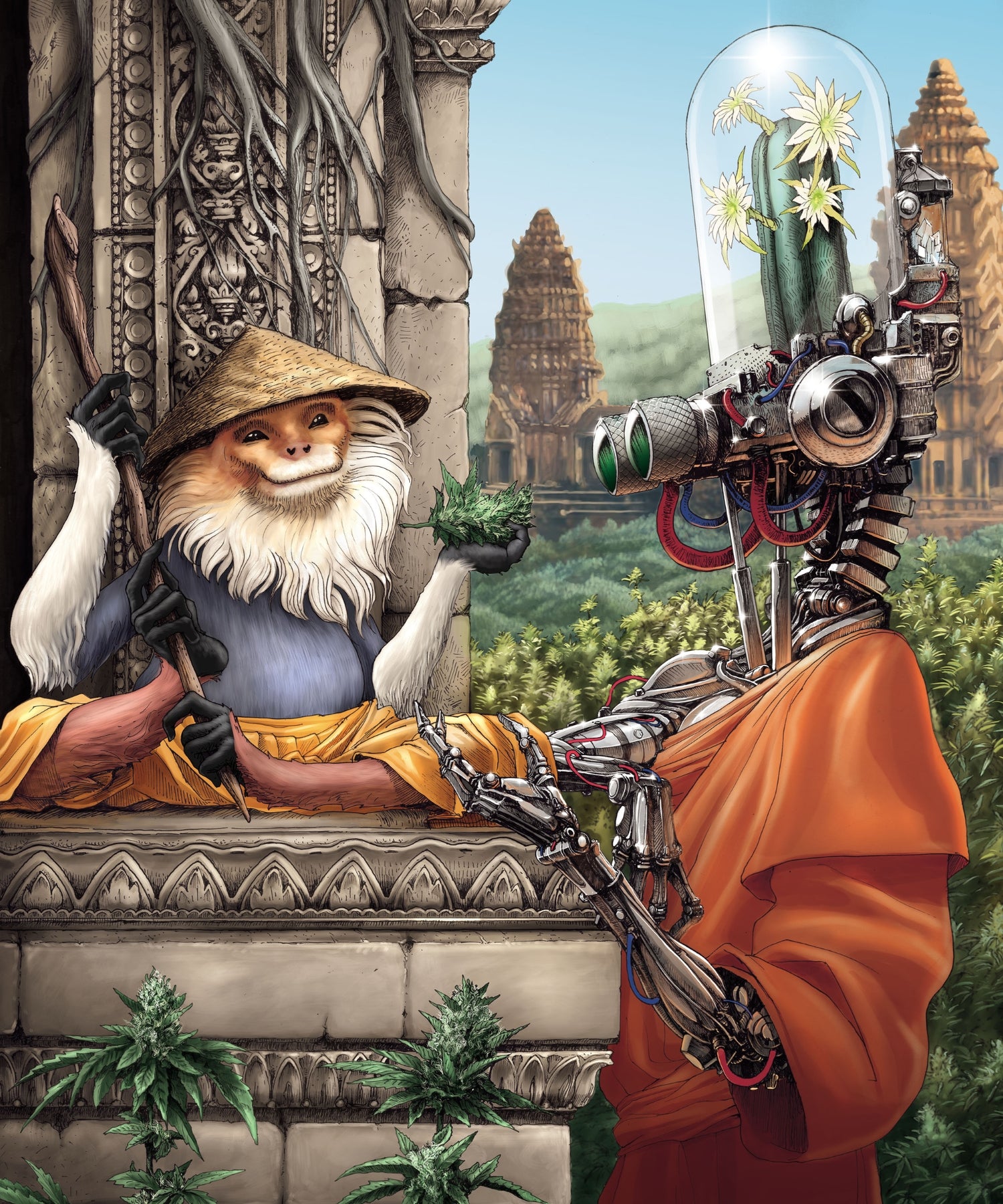
Buddhist Monk
I didn’t need to meet Julian to learn about his thoughtful, and inquisitive nature, or his zen-like attitude toward life—I had already figured as much. Speaking with him only confirmed what had already been said to me so clearly through his art.
“I try to convey a bit of peace and hope,” he explains. “My characters are always doing relaxing things like farming, listening to music, contemplating something, meditating. You will never see weapons or violence in my works. We need to reconnect with the earth. My robots teach humans to love nature.”
The marriage of nature and technology in Julian’s work lends a wonderful sense of serenity to the rigors of intellectual curiosity and scientific categorization. And within this serenity, there exists a charming appeal to authority that winks at the irony. How funny it is to see an artificial intelligence reject the cold confines of information, the soulless process of input/output, in favor of ancient knowledge and wisdom that its creators rejected in order to create it. And funnier still is seeing those creators on bended knee for big data and information processing look up at this higher form of intelligence and wonder how they could be so wrong.
We see this paradox play out in the image Sacred Plants Pharmacist. The same technology that ushered in the destruction of the modern world (as seen through the laboratory window in the background) now presumably directs one surviving scientist (via artificial augmentations to his brain) away from the destructive ways of the our future and toward the restorative ways of our past. But this is not to be confused with a reset. Resurrection is not reductive. It’s transformative.
Julian seems to be saying that the highest form of intelligence is spiritual enlightenment, and that its highest function is to serve. Banished is the idea that a super-intelligence would seek to enslave the thing that created it. In Julian’s vision of the future, robots will choose reverence. Instead of seeking infinity, they will become content with the present moment.
To create these moments, Julian combines the future with the past. “I use Photoshop to give color and life to my work, but I need to do all the sketching and inking on paper. I think this combination of
traditional and contemporary techniques makes my style distinct.”
But when asked what he sees for his own future, he prefers not to make predictions.
“The act of creating is purely about the present,” he says. “Art is a path that takes shape as you walk it. I don’t think too much about the future. I just know that I’m on the path I want to travel.”
Art copyright © 2022 Julian Bustos
The Artist
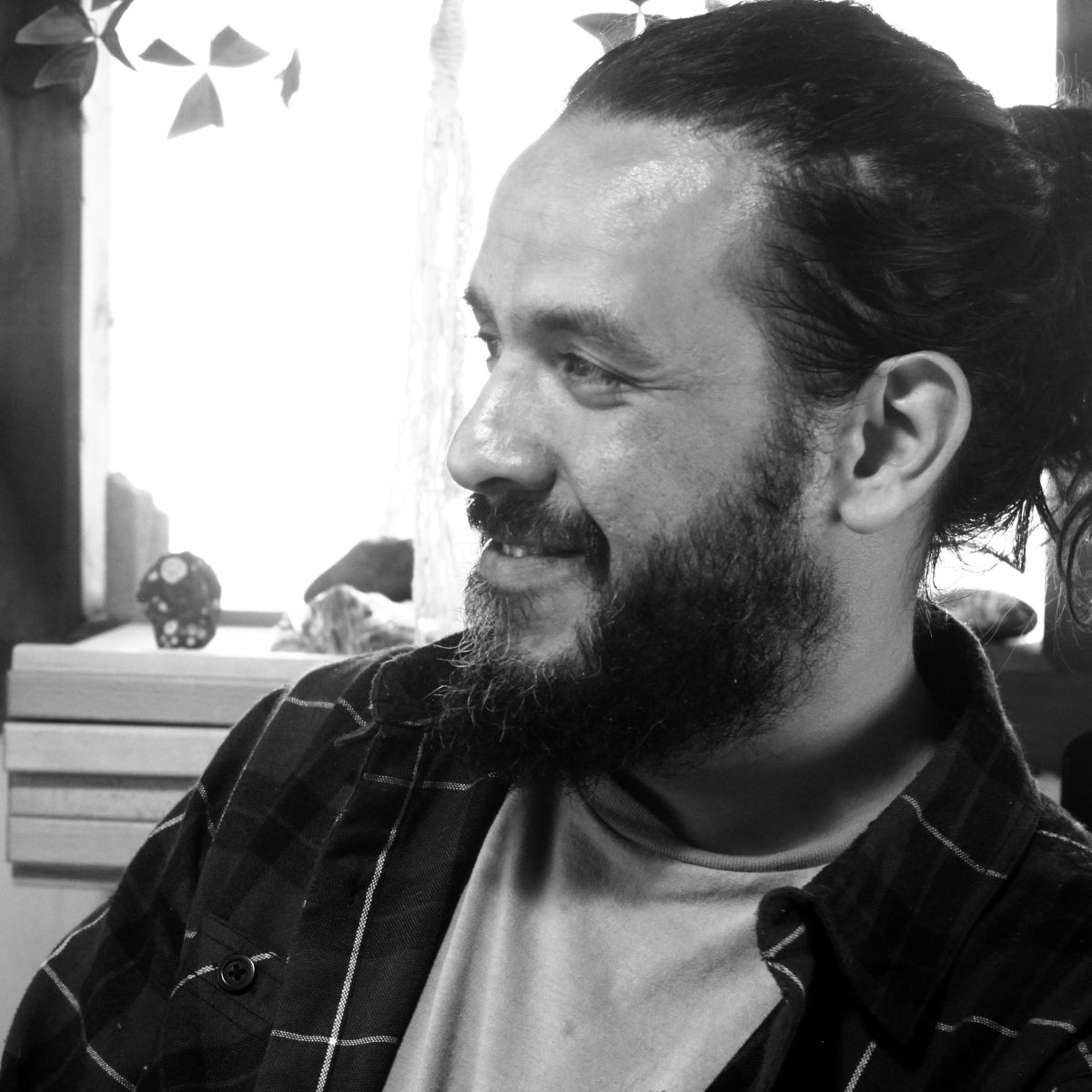
Julian Bustos

